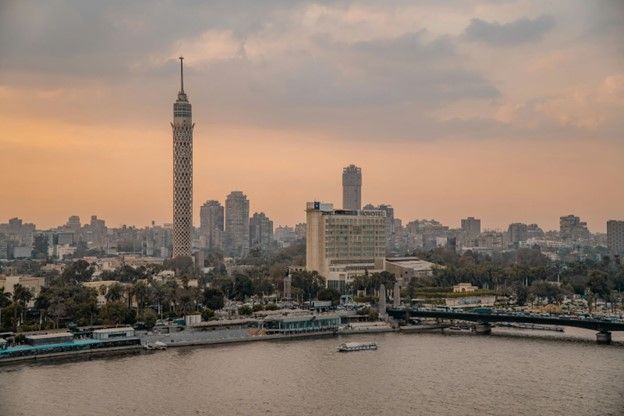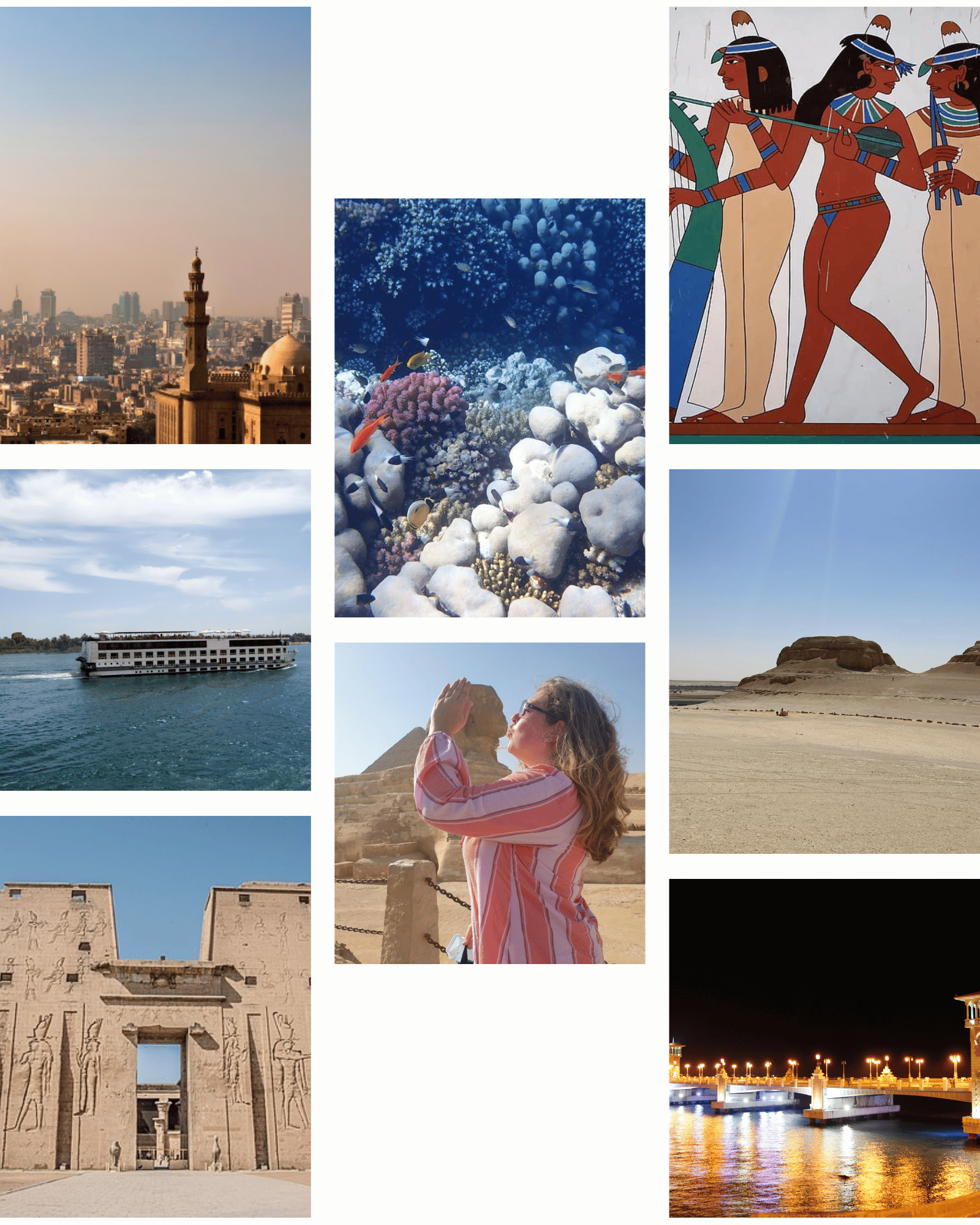Migration Trends in and out of Egypt: Who’s Leaving, Who’s Coming, and Why?
Egypt sees a steady outflow of skilled professionals and students seeking opportunities abroad, while at the same time, it remains a destination for refugees, expatriates, and investors. In some cases, cultural and social factors also play a role, such as the increasing interest in international matchmaking services, where individuals from different countries seek life partners — like the growing trend of Russian ladies for marriage in the USA, driven by cultural curiosity and lifestyle preferences.
These movements are shaped by economic conditions, government policies, and regional developments. Understanding the motivations behind migration in and out of Egypt reveals broader trends affecting employment, education, and investment in the country.
Why Are Egyptians Leaving?
Skilled Professionals Seeking Higher Earnings and Career Growth
A large share of Egypt’s migrants consists of skilled workers looking for better wages, improved working conditions, and professional advancement. The Gulf, Europe, and North America remain the most common destinations.
IT and Engineering Professionals Moving to the Gulf
Egypt’s IT and engineering workforce is in high demand in Gulf states, where major infrastructure and technology projects create steady job openings. Salaries in the UAE and Saudi Arabia for Egyptian software developers can be three to five times higher than in Egypt.
The tax-free income structure in Gulf countries makes these opportunities even more attractive. With remote work gaining popularity, some IT professionals also seek freelance or contract jobs abroad while continuing to live in Egypt.
Finance and Business Experts Opting for Europe and North America
Professionals in banking, finance, and business consulting look to North America and Europe for career progression. The financial sector in Egypt is smaller in scale, and salaries in global financial hubs such as London, Toronto, and Frankfurt are considerably higher. Some multinational corporations offer relocation programs.
Students Pursuing Education Abroad with Long-Term Migration Goals
Egyptian students are increasingly enrolling in universities in Europe and North America. Today, over 50,000 Egyptian students are studying abroad, with the US, Canada, and Germany being top choices.
Stronger Research and Academic Opportunities
Limited funding and outdated curricula in Egyptian universities drive students to institutions with advanced research facilities. Fields such as medicine, engineering, and business management attract the highest number of students to international programs. Tuition costs and living expenses remain obstacles, but scholarships and work-study programs in countries like Germany and Canada provide accessible pathways.
Post-Graduation Residency and Work Options
Countries such as Canada and Germany allow international students to stay and work after completing their studies. This makes studying abroad an entry point for long-term migration. Canada’s Post-Graduation Work Permit (PGWP) allows students to work for up to three years after graduation.
Economic and Social Factors Driving Migration
Economic instability is a key factor influencing emigration. Egypt’s inflation rate reached about 25% in 2024, reducing the purchasing power of middle-income earners. Rising costs for housing, education, and healthcare push skilled professionals to look for more financially stable environments.
Social considerations also play a role. Some Egyptians cite concerns over bureaucratic inefficiencies, limited civil liberties, and future economic prospects when deciding to move abroad.
Who’s Coming to Egypt?
Despite the ongoing emigration of skilled workers, Egypt continues to receive refugees, foreign investors, and expatriates. The motivations for migration to Egypt vary, but they often include economic opportunities, regional stability, and government policies.
Refugees and Asylum Seekers from Neighboring Countries
Egypt hosts over nine million migrants and refugees, according to government estimates. The majority come from Syria, Sudan, South Sudan, Eritrea, and Ethiopia.
Syrian Refugees and Their Economic Role
Since 2011, Egypt has received over 500,000 Syrians fleeing war. Unlike in some host countries, Syrian refugees in Egypt can start businesses, work in the informal sector, and enroll in public schools. Many Syrian-owned businesses operate in retail, food services, and textiles, particularly in Cairo, Alexandria, and Damietta.
Sudanese and South Sudanese Migration Trends
Political instability and economic hardship in Sudan and South Sudan have led to a continuous influx of refugees. The United Nations High Commissioner for Refugees (UNHCR) reports that over 4 million Sudanese and South Sudanese live in Egypt, with many residing in Cairo and Giza. Some Sudanese migrants use Egypt as a temporary stop before attempting to reach Europe.
Eritrean and Ethiopian Migrants Using Egypt as a Transit Route
Egypt also receives migrants from Eritrea and Ethiopia, many of whom aim to continue their journey to Europe. Strict border controls and increased cooperation between Egypt and the EU have made these migration routes more challenging.
Foreign Investors and Business Professionals
While Egypt’s economy faces challenges, some foreign investors and expatriates are drawn to business opportunities in manufacturing, real estate, and trade.
Investment in Manufacturing and Infrastructure
Egypt’s strategic location and free trade agreements make it an attractive site for manufacturing. Chinese, Turkish, and European companies have established operations in Egypt’s industrial zones, benefiting from lower production costs and proximity to African and Middle Eastern markets.

Real Estate Investment from the Gulf
Gulf investors have increased their presence in Egypt’s real estate sector, particularly in high-end developments in Cairo, the North Coast, and the New Administrative Capital. Saudi and Emirati firms have invested in large-scale commercial and residential projects, seeing Egypt as a long-term growth market.
How Migration Has Affected Egypt’s Economy
Finance Sector
Egypt relies heavily on remittances from citizens working abroad. The financial sector faces talent shortages as experienced banking and finance professionals relocate to more developed markets. This has led to rising wages in Egypt’s finance sector, but also increased competition for skilled professionals.
Healthcare Sector
Public hospitals struggle with shortages of specialists, leading to long wait times and reduced quality of care. Private hospitals, which offer better pay, manage to retain some talent, but this creates an affordability gap for lower-income patients. To address this issue, the government has introduced salary increases and incentive programs, though their impact remains limited.
Tourism Sector
Tourism remains one of Egypt’s most vital industries, contributing over 12% of GDP. The sector benefits from foreign investments in luxury resorts, particularly from Gulf countries. Labor migration also plays a role, with seasonal workers moving between tourism hotspots. However, the departure of skilled hospitality professionals seeking opportunities abroad has led to training gaps, requiring businesses to invest more in workforce development.










